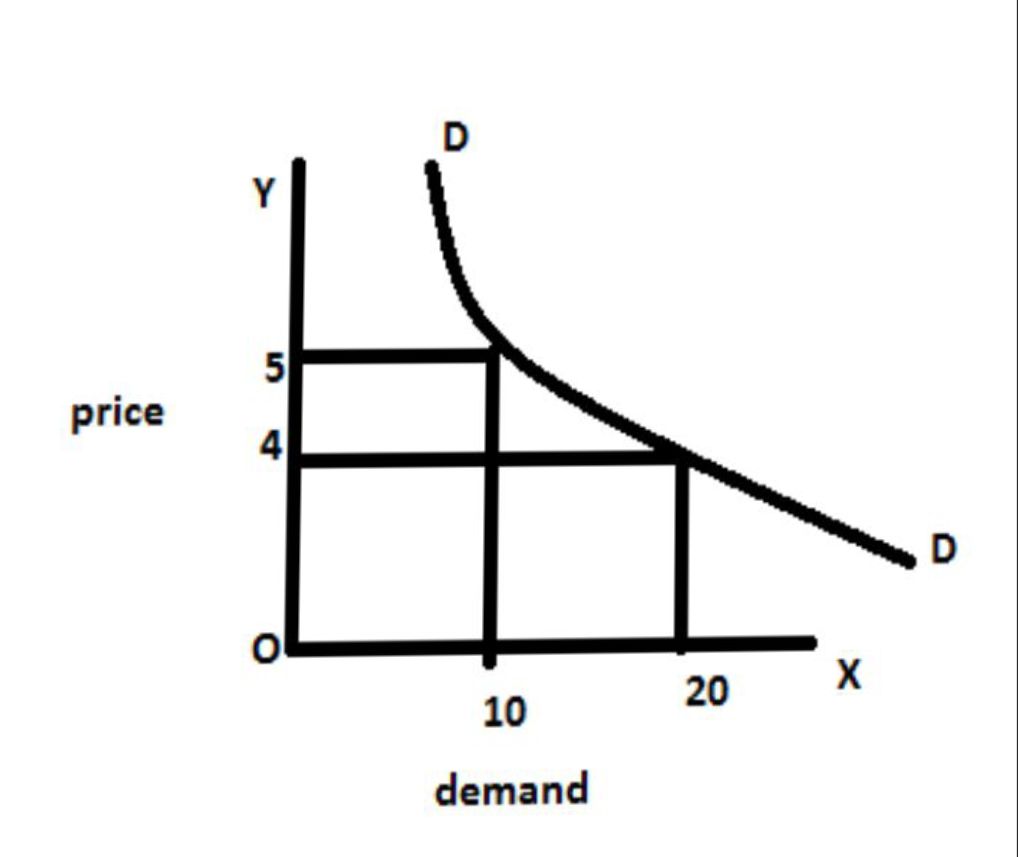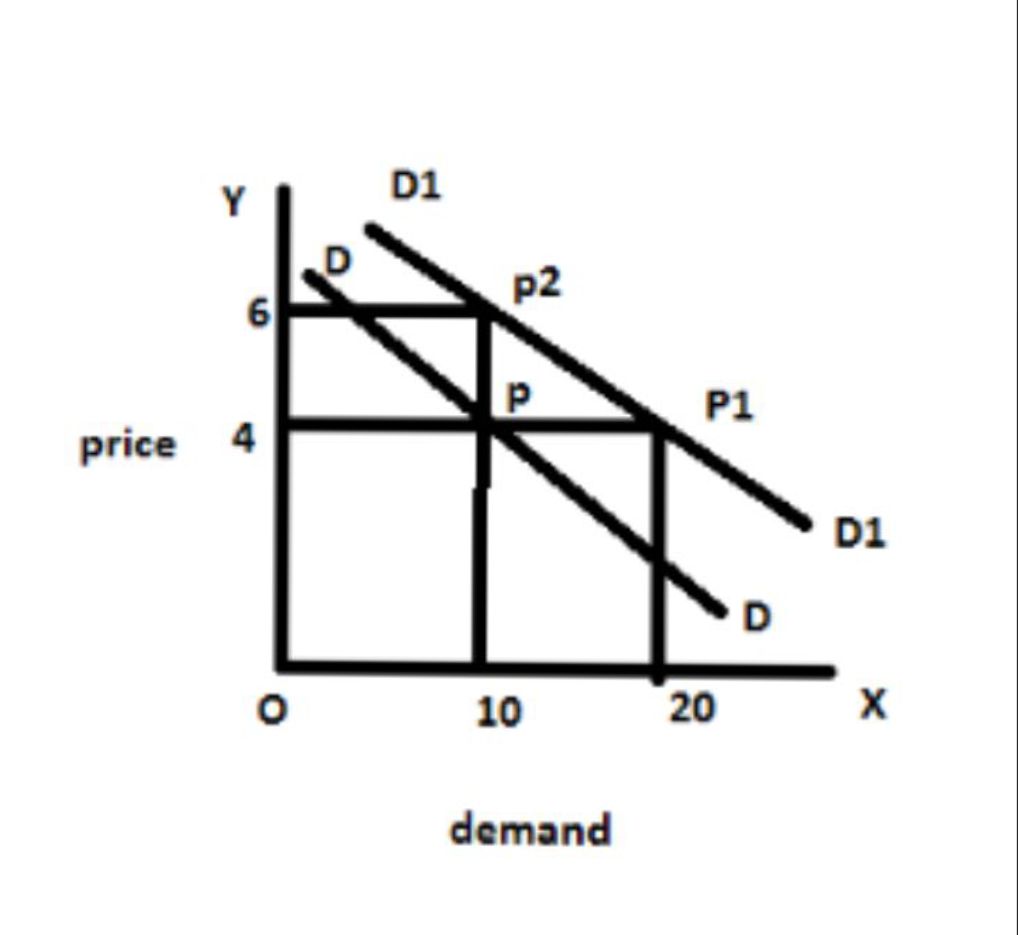Changes in Demand:
Changes in demand in economics refer to shifts in the quantity of a good or service that consumers are willing and able to purchase at various prices. These changes can occur due to a variety of factors, and they are depicted graphically by a shift of the demand curve. Here are the some factors that can lead to changes in demand:
1. Income Changes
2. Price of Related Goods
3. Consumer Preferences
4. Expectations of Future Prices
5. Number of Buyers
6. Government Policies
7. Economic Conditions
8. Seasonal Factors
The changes in demand are of two types. They are.
Extension and contraction in demand:
When demand changes only because of change in the price of a given commodity, it is case of either extension or contraction of demand. In this case there will be no change in the basic condition of demand. It indicates the movement along with the same demand curve by the consumer either upward a downward. The movement along the demand curve measure changes in quantity demanded in relation to price changes. The following diagram explains both extension and contraction in demand.

When price falls from rupees 5 to 4 quantity demanded expand from 10 units to 20 units. Similarly when price rises from 4 to 5 demand contracts from 20 units the 10 units thus contraction and expansion in demand can be represented by only one demand curve. It is referred as shifts in quantity or amount demanded.
Increase and Decrease in Demand:
When demand changes in independently of price that is people buy more not because the prices fallen but because of change in other determinants of demand say income, customs, habits etc. it will be case of either increase or decrease in demand. In this case there will be a shift in original demand curve to either in the forward or backward direction, hence we have to draw a new demand curve to represent changes in demand thus changes in demand are reflection through shifts and demand curve. Increasing demand means more demand at the same price or same quantity of demand at higher price.

In the diagram original price is rupees 4 original demand is 10 units original demand curve is DD
Now the consumer will buy 20 units at the same original price of rupees 4 or same quantity of 10 units are demand at higher price of rupees 6. hence we get a new point t1 and t2, if you join this new two points then we get new demand curve which is located to the right side of the original demand curve DD. hence there is forward shift to indicate increase in demand. on the other hand decrease in demand means less demand at the same price or same quantity at a lower price the following diagram explain decrease in demand original price is rupees 6 original demand is 20 units, DD is the original demand curve.
The consumer can buy less quantity of 10 units at the same price of rupees 6 or quantity of 20 units at a lower price of rupees 5. Now, we get new point if we join them we get a new demand curve D1-D1. The backward shift indicates decrease in demand.
also read: explain the determinants of demand.